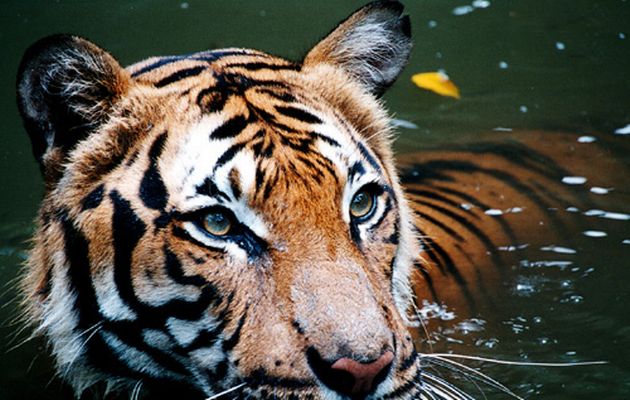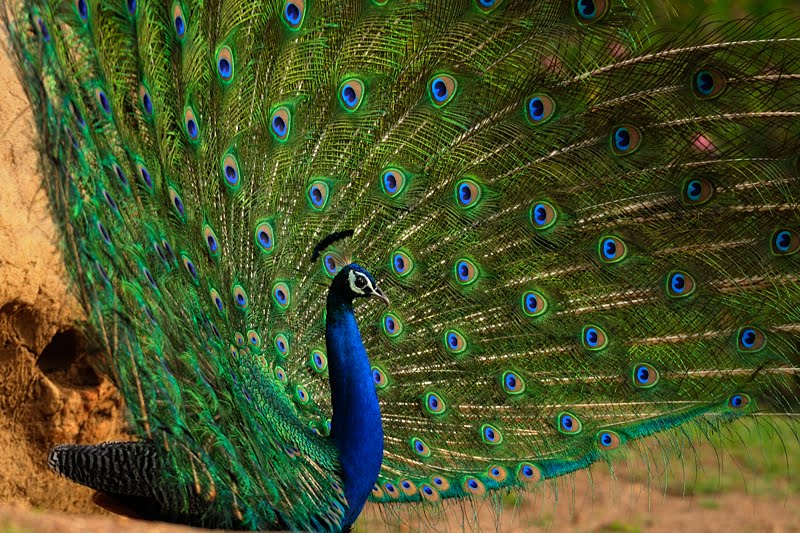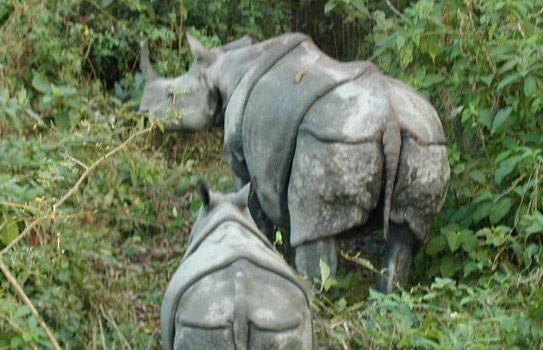India is blessed with an incredible wealth of wildlife and boasts significant biodiversity. It is home to 7.6% of all mammalian, 12.6% of avian, 6.2% of reptilian, and 6.0% of flowering plant species.
Many Indian animal species have descended from taxa originating in Gondwana, to which India originally belonged. Volcanic eruptions and climatic changes which occurred 20 million years ago caused the extinction of many endemic Indian forms.
Later, many mammals entered India from Asia through two zoogeographical passes on either side of the emerging Himalaya. Consequently, among Indian species, only 12.6% of mammals and 4.5% of birds are endemic, contrasting with 45.8% of reptiles and 55.8% of amphibians.
The Nilgiris leaf monkey and the brown and carmine Beddome’s toad of the Western Ghats are endemic to India. India contains 172 threatened species. These include the Asiatic lion, the Bengal tiger, and the Indian white-romped vulture, which nearly became extinct after eating the carrion of didofenac-treated cattle.
Human encroachment is one of the greatest threats to India’s wildlife. To counter this threat, the system of national parks and protected areas was introduced. In 1972, India enacted the Wildlife Protection Act and Project Tiger to protect wildlife habitat. India now has over 500 wildlife sanctuaries and 14 biosphere reserves.
Four of these are part of the World Network of Biosphere Reserves. India has many large mammals like the Asian Elephant, Bengal Tiger, Asiatic Lion, Leopard, Sloth Bear and Indian Rhinoceros. Others include ungulates such as the rare Wild Asian Water buffalo, common Domestic Asian Water buffalo, Nilgai, Gaur and several species of deer and antelope.
Some members of the dog family such as the Indian Wolf, Bengal Fox, Golden Jackal and the Dhole or Wild Dogs are also found in many parts of India. The country is also home to the Striped Hyena, Macaques, Langur and Mongoose species. The world’s rarest monkey, the golden langur, is a typical example of the precarious survival of much of India’s mega fauna.
Some people question the need for conservation of wildlife in India saying that tackling poverty deserves more priority. Such people do not seem to be aware that animals are part of the food chain and therefore our survival too depends on them. The presence of large and charismatic mammals is good for wildlife tourism. Therefore many national parks and wildlife sanctuaries cater to these needs.
As early as 1969, serious concern had been expressed about the threat to several wildlife species and the shrinking of wilderness in India. In 1970, a national ban on tiger hunting was imposed and in 1972 the Wildlife Protection Act came into force. Project Tiger has become one of the most successful conservation ventures in modern history.
The project involves specially constituted ‘tiger reserves’ for maintaining a viable tiger population in its natural environment. Today, there are 27 Project Tiger wildlife reserves in India. Project Elephant was started in 1992 and works for elephant protection in India.
Exploitation of land and forest resources by humans, hunting and trapping for food and sport, etc. has caused the extinction of many species in India in recent times. These species include mammals such as the Indian / Asiatic Cheetah, Javan Rhinoceros and Sumatran Rhinoceros. Most of India’s rhinos can be seen in the Kaziranga National Park. The national animal of India is the Royal Bengal Tiger and the national bird is the Indian Peafowl.
by HARSHVARDHAN SINGH






90 Comments